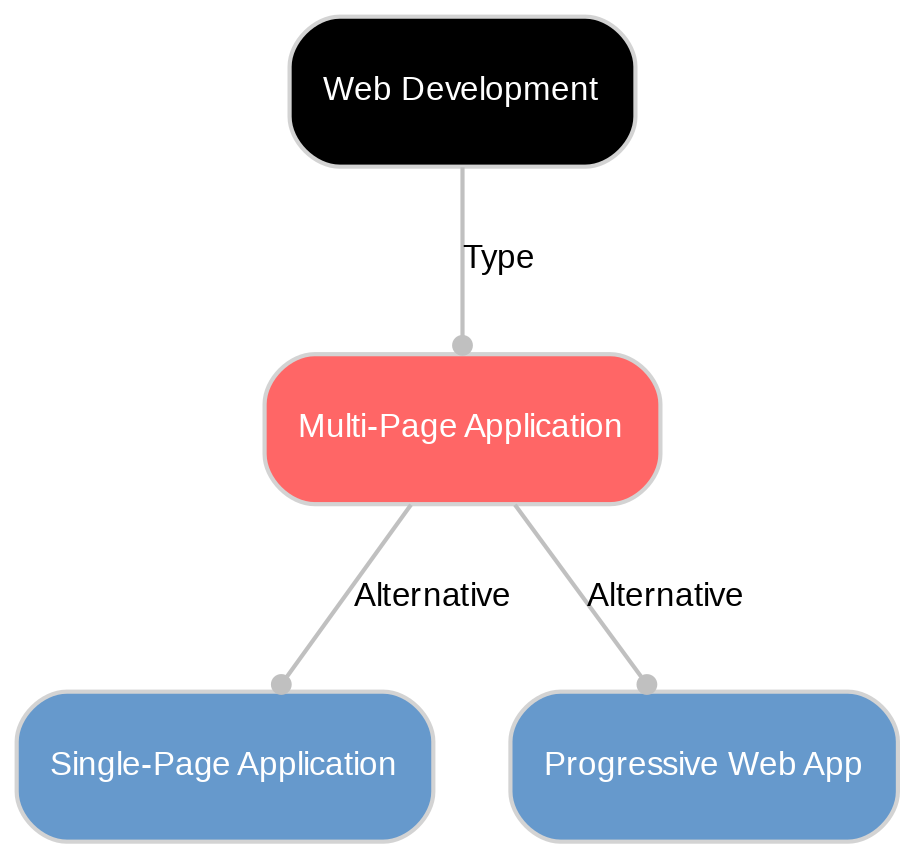Multi-Page Application definition
Multi-Page Application (MPA) is a traditional web structure offering multiple pages downloaded from the server, often utilized for large-scale sites like e-commerce platforms.
Advantages of Multi-Page Applications
Multi-Page Applications (MPAs) hold a significant place in web development, especially for complex projects. One remarkable advantage is their SEO-friendliness, meaning they are more likely to be found and ranked higher by search engines. This is crucial for businesses that rely heavily on organic traffic.
An MPA's structure allows it to accommodate a wide array of features, making it an excellent choice for large-scale, feature-rich projects. They also offer better scalability, providing websites with the flexibility needed to grow and evolve over time.
MPAs also have superior compatibility with analytics tools like Google Analytics. This makes it easier for businesses to track user behavior and make informed decisions based on data analysis.
In terms of user experience, MPAs provide a traditional browsing experience where users navigate through various pages, which some users may find more intuitive and familiar than the single-page application approach.

Differences between Single-Page and Multi-Page Applications
Single-Page Applications (SPAs) and Multi-Page Applications (MPAs) offer different user experiences based on their distinct structures. SPAs deliver content dynamically, eliminating the need for page reloads, providing a smoother browsing experience.
In contrast, MPAs operate in a more traditional manner where each new page is rendered from the server. This can lead to slower performance but offers better search engine optimization and easier analysis of user data.
Initial loading times also differ — SPAs may have slower initial load times due to loading all content at once, whereas MPAs generally have faster initial load times as they only load the specific page requested by the user.
The choice between SPA and MPA ultimately depends on the specific requirements of your web application, considering factors like interactivity, real-time updates and SEO optimization needs.
Implementing Multi-Page Applications
Creating a Multi-Page Application (MPA) involves designing and developing multiple individual pages that are linked together. Each page is independently constructed, has its own URL, and is loaded separately from the server when requested by the user.
The implementation process often begins with defining the architecture of your application, which includes identifying all necessary pages based on your content and functionality requirements. Then, you create components for each page using suitable web development languages or frameworks.
In terms of routing, systems like react-router can be used for dynamic routing in applications developed with React.js to facilitate seamless navigation between different pages.
A critical aspect of building an MPA is ensuring effective organization. This aids efficient development and makes it easier for users to find information on your site. Therefore, a well-planned structure is key to the success of your MPA.
Unlock New Possibilities with Sanity
With Multi-Page Application under your belt, it's time to see what Sanity can do for you. Explore our features and tools to take your content to the next level.
Last updated: